Transformations of Quadratic Functions Worksheet
If you're a math teacher or a student studying quadratics, finding a comprehensive and engaging worksheet on transformations of quadratic functions can be a challenging task. You need an instructional resource that clearly explains the concept while providing plenty of practice opportunities. That's where this transformations of quadratic functions worksheet comes in.
Table of Images 👆
More Other Worksheets
Kindergarten Worksheet My RoomSpanish Verb Worksheets
Cooking Vocabulary Worksheet
DNA Code Worksheet
Meiosis Worksheet Answer Key
Art Handouts and Worksheets
7 Elements of Art Worksheets
All Amendment Worksheet
Symmetry Art Worksheets
Daily Meal Planning Worksheet
What is a quadratic function?
A quadratic function is a type of polynomial function of the form f(x) = ax^2 + bx + c, where a, b, and c are constants with 'a' not equal to zero. It is a second-degree function that graphs a parabola, and its highest power of the variable is squared. Quadratic functions are commonly used in mathematics and physics to model various real-world phenomena and are characterized by their U-shaped graph.
What are the different types of transformations that can be applied to a quadratic function?
Some of the different types of transformations that can be applied to a quadratic function include vertical shifts (up or down), horizontal shifts (left or right), vertical stretches or compressions, reflections across the x-axis or y-axis, and changes in the coefficient of the quadratic term which affects the width and direction of the parabola.
How does changing the value of "a" in the quadratic function affect the shape of the graph?
Changing the value of "a" in a quadratic function affects the steepness or narrowness of the graph. If "a" is positive, the parabola opens upwards, while if "a" is negative, the parabola opens downwards. A larger absolute value of "a" makes the parabola narrower, squeezing it vertically, whereas a smaller absolute value of "a" makes the parabola wider, stretching it horizontally.
Explain the effect of changing the value of "h" in a quadratic function on the horizontal position of the graph.
Changing the value of "h" in a quadratic function shifts the graph horizontally. When "h" is positive, the graph shifts to the right, and when "h" is negative, the graph shifts to the left. The value of "h" determines the horizontal position of the vertex of the parabola and affects where the graph intercepts the x-axis.
Describe what happens to the graph when changing the value of "k" in a quadratic function.
Changing the value of "k" in a quadratic function shifts the graph vertically. When k is positive, the graph shifts upwards; when k is negative, the graph shifts downwards. The absolute value of k determines the steepness of the shift. The value of "k" affects the y-intercept of the parabola, moving it up or down depending on the sign of k.
How does changing the value of "a" affect the vertex of a quadratic function?
Changing the value of "a" in a quadratic function alters the shape of the parabola, causing the vertex to either shift vertically or horizontally. When "a" is greater than 1, the parabola narrows and opens upwards, shifting the vertex upwards if "a" is positive, or downwards if "a" is negative. Conversely, when "a" is between 0 and 1, the parabola widens and opens upwards, leading to a vertex that is lower (if positive) or higher (if negative) compared to the standard form of the quadratic function.
Explain how the value of "h" affects the vertex of a quadratic function.
The value of "h" in a quadratic function of the form f(x) = a(x-h)^2 + k represents a horizontal shift of the parabola. When "h" is positive, the vertex of the parabola moves to the right, and when "h" is negative, the vertex moves to the left. Essentially, "h" determines the horizontal position of the vertex on the x-axis. The value of "h" does not affect the shape or orientation of the parabola, just its position.
Describe the effect of changing the value of "k" on the vertex of a quadratic function.
Changing the value of "k" in a quadratic function will shift the vertex of the parabola either horizontally or vertically. If "k" is added or subtracted inside the function, it will cause a vertical shift of the parabola, moving the vertex up or down. If "k" is added or subtracted outside the function, it will result in a horizontal shift of the parabola, moving the vertex left or right.
What happens to the graph of a quadratic function when reflecting it over the x-axis?
Reflecting the graph of a quadratic function over the x-axis will result in the original graph being flipped vertically. This means that any points above the x-axis will be below the x-axis after the reflection, and vice versa. The general shape of the parabolic curve will remain the same, but it will be a mirror image of the original graph with respect to the x-axis.
Explain the effect of reflecting a quadratic function over the y-axis.
Reflecting a quadratic function over the y-axis results in a transformation where every point in the original function is mirrored across the y-axis. This means that the parabola flips to the opposite side of the y-axis while maintaining its shape and direction. The vertex of the parabola will move from quadrant I to quadrant II or vice versa, and the curve will be symmetrical to the y-axis. The equation of the reflected function will involve changes in the signs of the coefficients corresponding to the linear and quadratic terms.
Have something to share?
Who is Worksheeto?
At Worksheeto, we are committed to delivering an extensive and varied portfolio of superior quality worksheets, designed to address the educational demands of students, educators, and parents.

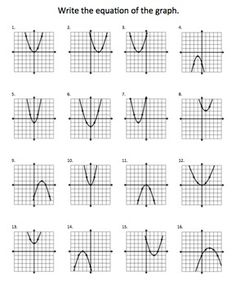



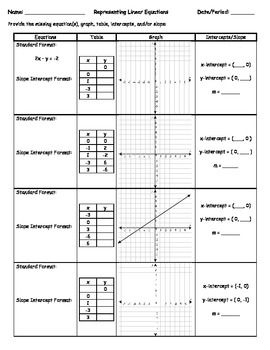
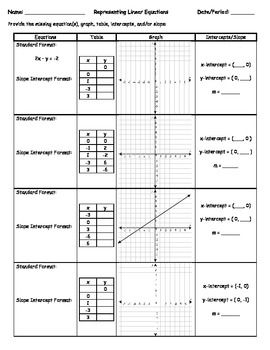
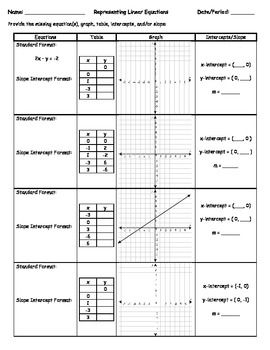
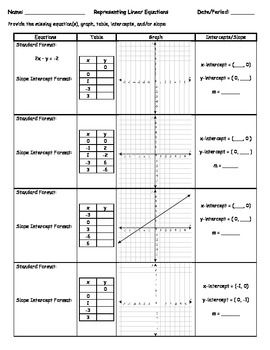
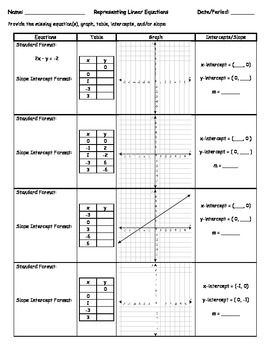
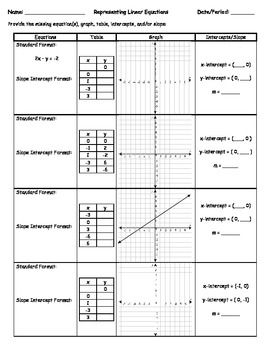
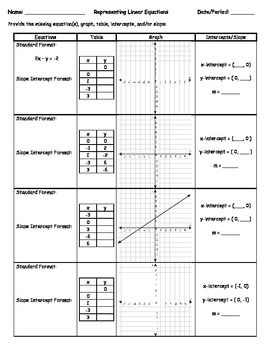
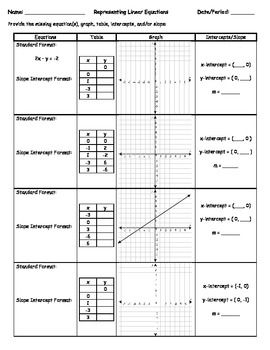
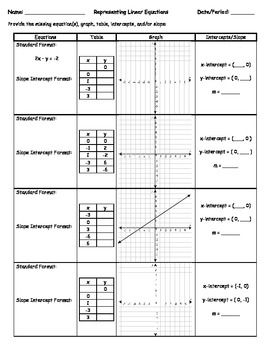
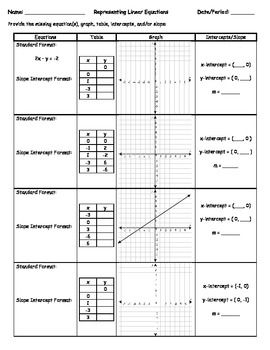
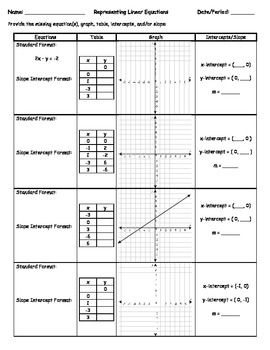
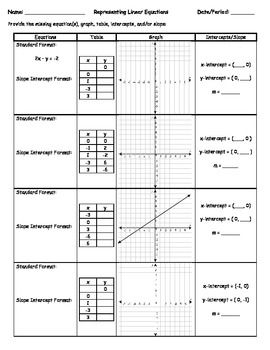
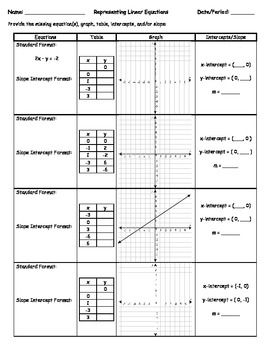
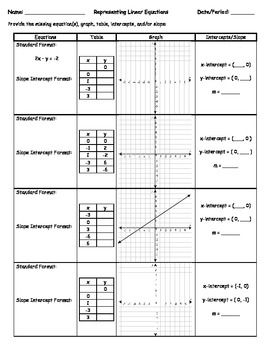
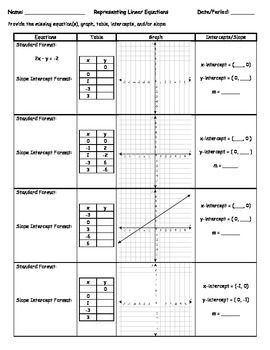
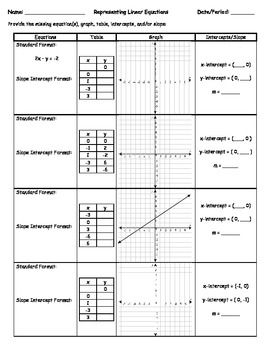
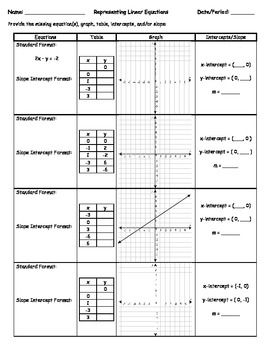














Comments